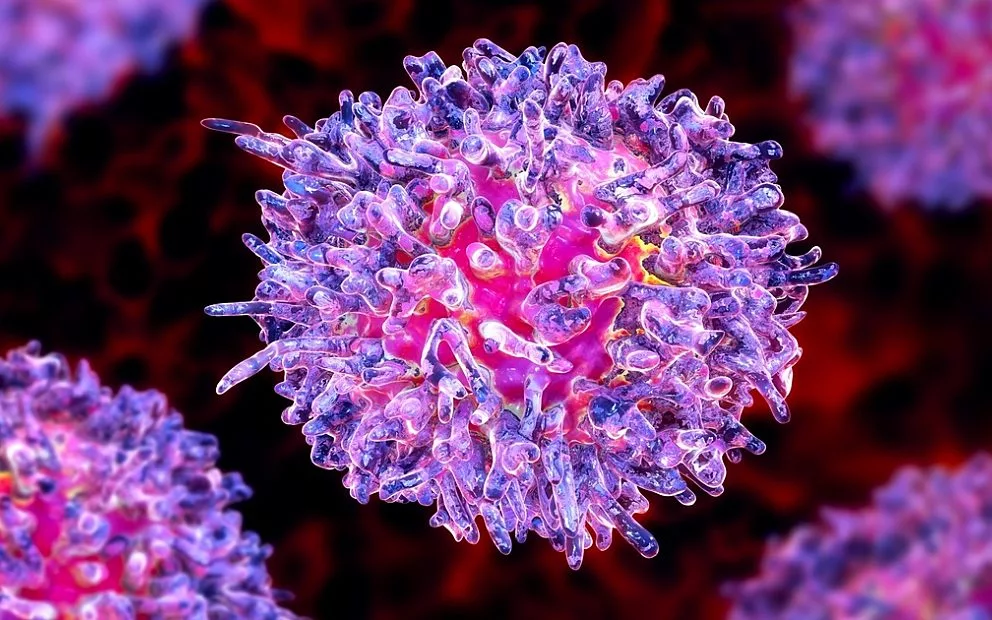The most recent results from a long-term study of Chronic Myeloid Leukaemia (CML) patients show the disease can continue to diminish to near-undetectable levels long after treatment has stopped.
SAHMRI and the University of Adelaide researcher Dr Ilaria Pagani says the finding was made possible by technology that was developed at the North Terrace-based institute.
“This technology makes it possible to quantify more accurately the level of deep molecular response for leukaemia patients in treatment-free remission (TFR),” Dr Pagani said.
“Our results support the long-term safety and remarkable stability of response after CML patients stop treatment with tyrosine kinase inhibitors (TKIs).”
The findings were published in the journal Leukemia and are part of a longitudinal study of 40 CML patients.
The researchers previously reported the main clinical findings:
- Eighteen patients remained in continuous TFR
- Of the 22 other patients, the latest relapse was after 27 months
- None of the 22 patients who relapsed entered the advanced phase of the disease
- All 22 patients who relapsed achieved remission again after restarting TKI treatment
“In this new paper we show that those responses are all durable, with the first patients in the study now having been off treatment for 10-12 years. These are very encouraging results,” Dr Pagani said.
“Being able to halt this disease with TKIs is one thing, but the treatment can be expensive and have uncomfortable side effects, so the more patients who can safely stop taking TKIs, the better.
“It’s important to note, however, that this treatment isn’t effective for everyone living with CML, so more work needs to be done to discover why that’s the case.”
Around 340 Australians are diagnosed with CML each year, which is roughly 15 per cent of adults diagnosed with leukaemia.
The increasingly high survival rate brought about by TKI treatment means CML is estimated to be the most common form of leukaemia by 2040.


